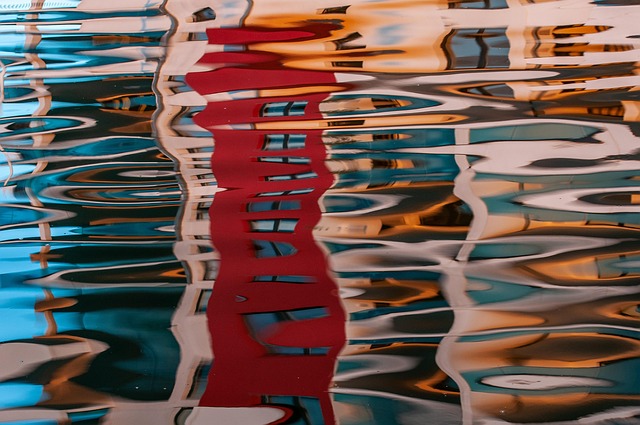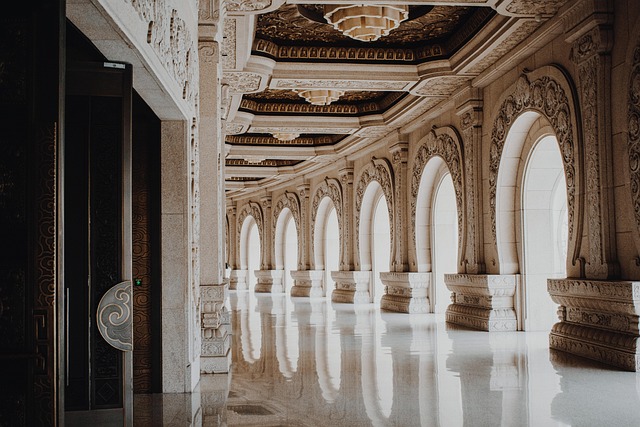Photography is an art form that captures reality through the lens of a camera, yet, the very equipment that allows us to freeze moments in time can also lead to a phenomenon known as geometric distortion. Geometric distortion refers to the bending and warping of lines and shapes in an image, often causing straight lines to appear curved or tilted. Understanding this aspect of optics is crucial for photographers who seek to maintain the integrity of their compositions.
When we think about geometric distortion, it’s important to consider the type of lens we’re using. Wide-angle lenses, for instance, are notorious for their pronounced distortion. As you push the boundaries of perspective, you may notice how edges can seem to bend outward—a phenomenon called barrel distortion. This effect can create dramatic results, adding a sense of depth to an image, but it can also lead to unwanted visual distractions, particularly in architectural photography where straight lines are key.
Conversely, pincushion distortion occurs with telephoto lenses, where the edges of the image seem to be pulled inward. This subtle shift can sometimes be overlooked, but for discerning photographers, it can alter the entire feel of a shot. It’s vital to be aware of these optical quirks, as they can drastically affect your storytelling in photography. Finding the right lens not only enhances your craft but also brings clarity to your vision.
When tackling geometric distortion in your work, one approach is to embrace it. Many photographers play with these distortions, using them to evoke emotions or to highlight the unique characteristics of a scene. For instance, a wide-angle shot can exaggerate the vastness of a landscape, pulling viewers into the environment and making them feel as if they are standing on the edge of the world. This intentional use of distortion can transform an ordinary image into something extraordinary.
However, if your goal is to minimize distortion, various techniques and tools can help. Photo editing software allows for the adjustment of distortion effects post-capture, letting photographers correct lines and shapes to achieve a more natural representation. Knowing how to effectively use these tools will empower you in post-processing, helping ensure that your vision is communicated as accurately as possible.
Ultimately, understanding geometric distortion is fundamental for anyone serious about photography. Whether you are capturing the sleek lines of modern architecture or the organic forms of nature, recognizing how lenses can shape your images opens up a world of possibilities. The interaction between optics and artistry is where the magic of photography truly lies, and by embracing or correcting geometric distortion, you can elevate your images to new heights.




